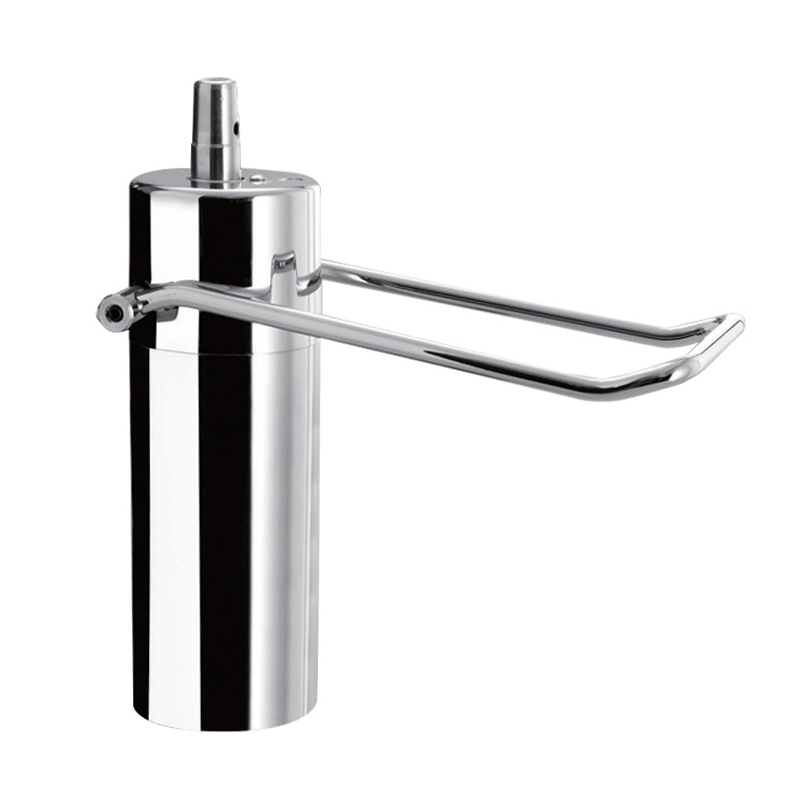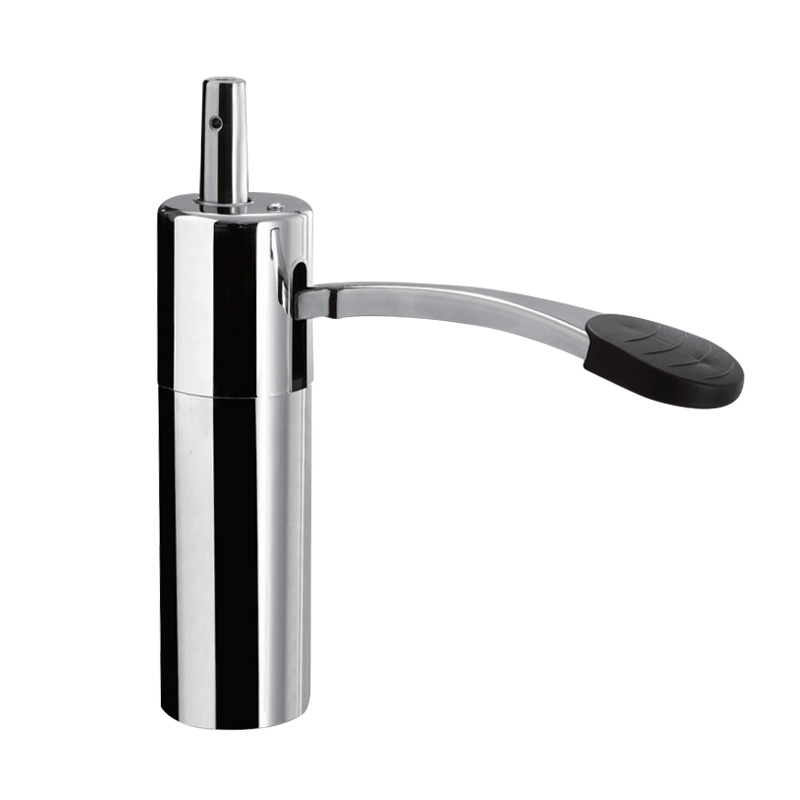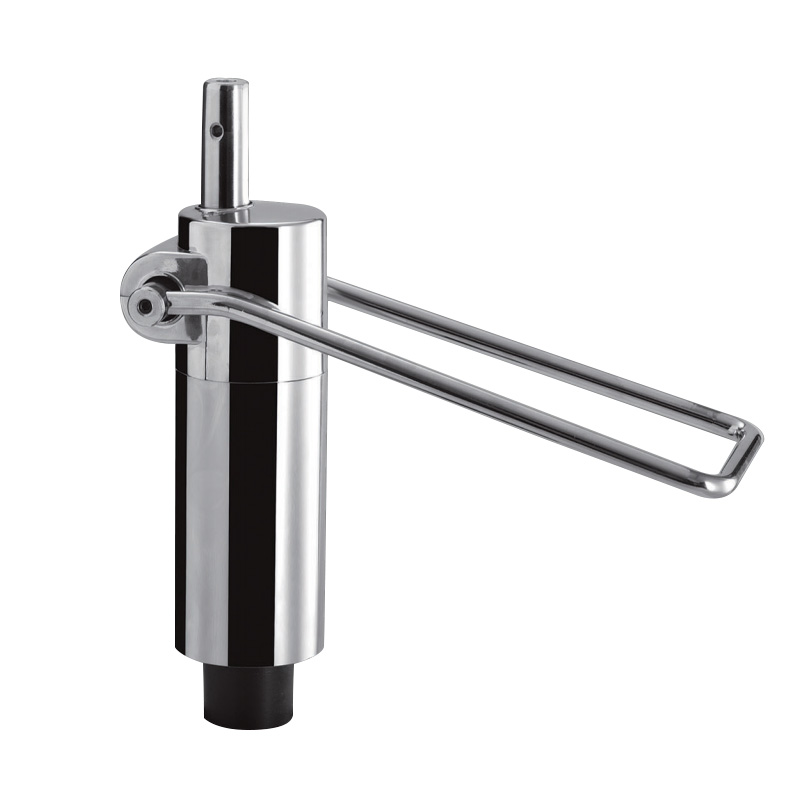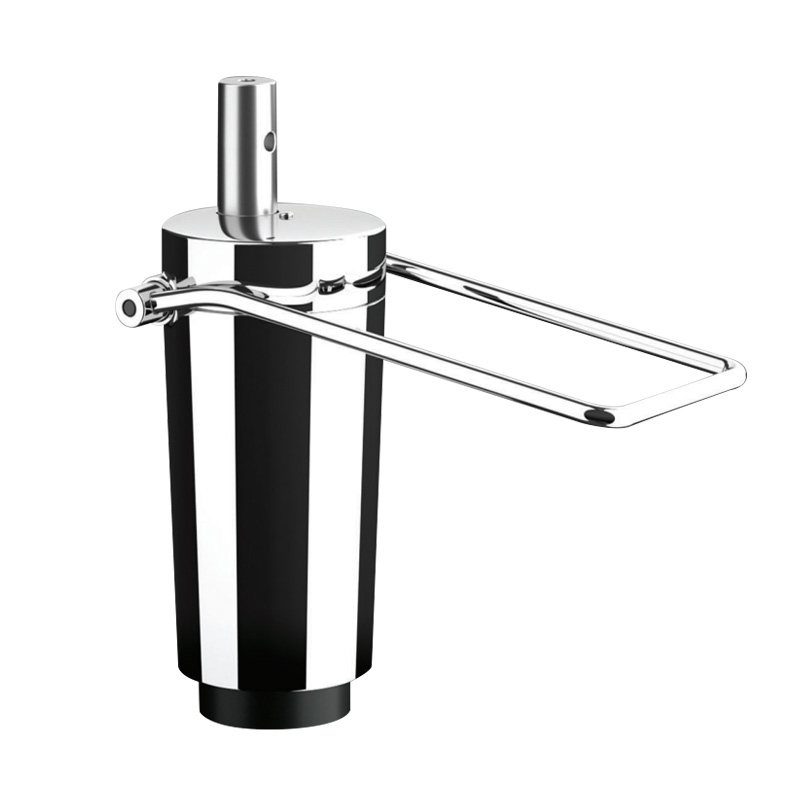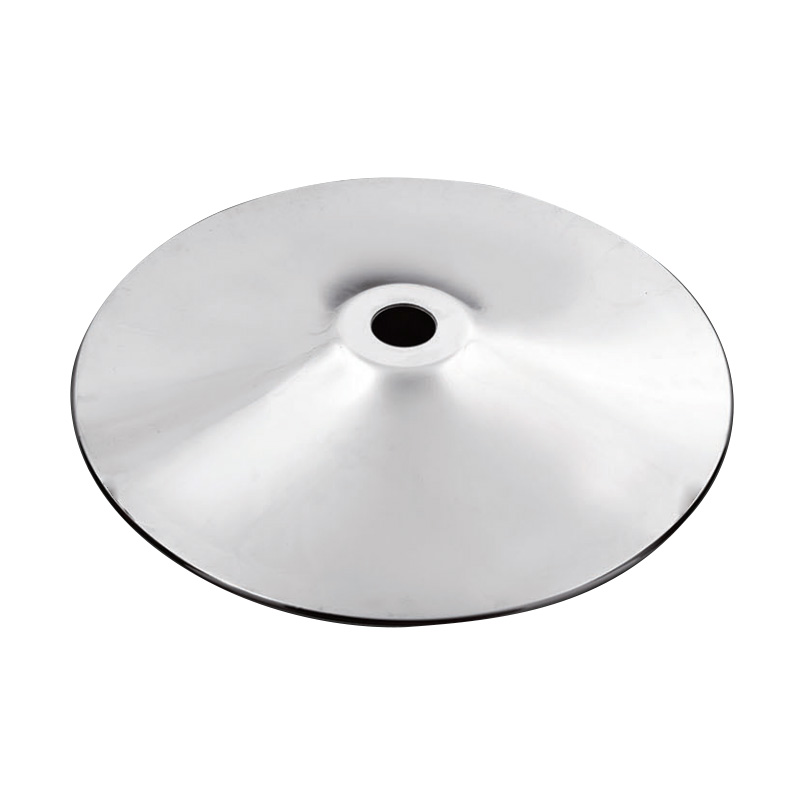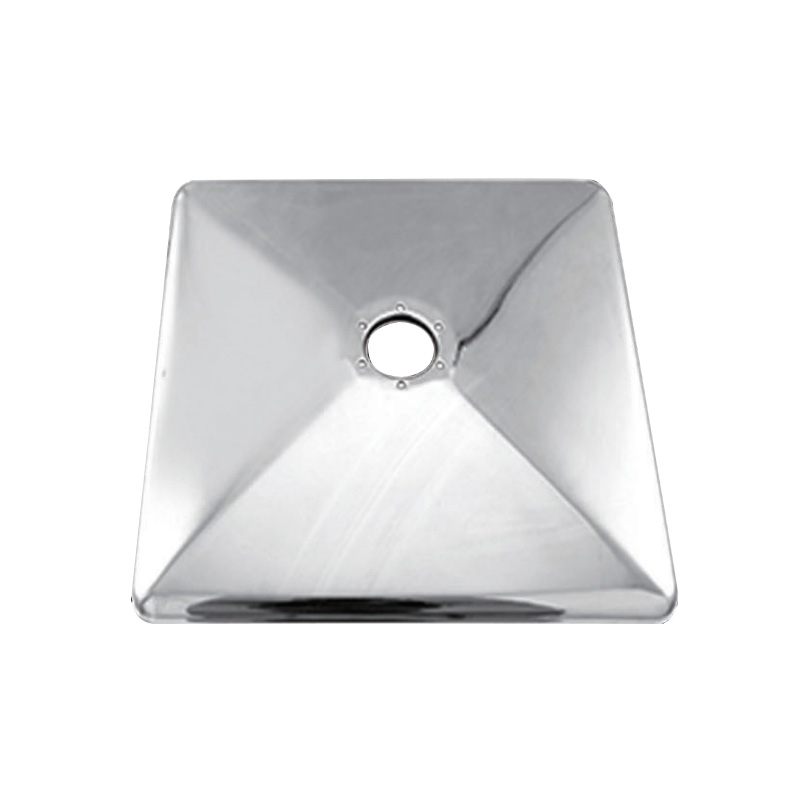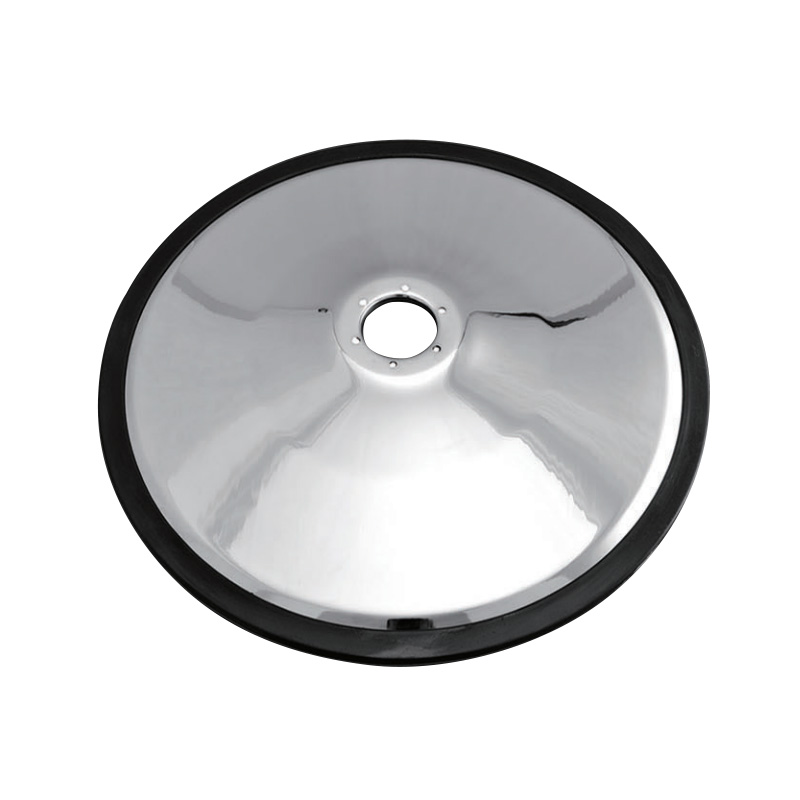While many people notice features such as the cushioning, recline, or headrest, the base plate is just as important. The salon chair base plate not only ensures stability but also affects the chair’s durability and overall performance. Understanding its characteristics and knowing how to choose the right one can make a meaningful difference in daily operations.
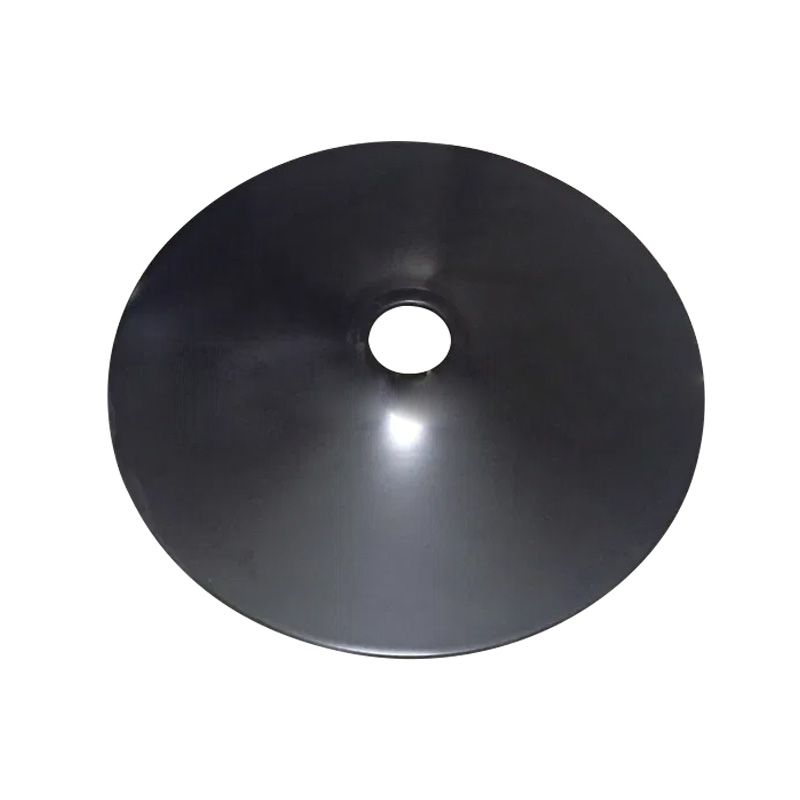
The Role of the Salon Chair Base Plate
The base plate is the flat component that sits directly on the floor, supporting the entire chair. It connects to the hydraulic pump and cylinder, ensuring the chair stays steady during styling services. Because it carries the weight of clients and accommodates frequent adjustments, the base plate must be both strong and reliable. A well-selected base plate also contributes to the chair’s style and fits seamlessly into the salon’s overall design.
Common Characteristics of Salon Chair Base Plates
Salon chair base plates come in various designs, sizes, and finishes. Below are some of the key characteristics to consider:
1. Shape
The common shapes are round, square, and sometimes rectangle.
Round plates are traditional and provide smooth curves that fit well in classic salon settings.
Square plates give a contemporary look and often provide slightly broader floor coverage.
Rectangular plates are less common but may be used for specific chair styles.
2. Material
Base plates are generally made from heavy-duty metal, often stainless steel or chrome-plated steel. These materials resist corrosion, withstand repeated use, and are easy to clean. Some may feature brushed finishes for a modern look, while polished chrome options offer a reflective surface.
3. Size and Thickness
The diameter or width of the plate, as well as its thickness, affects stability. Larger, thicker plates can support heavier clients and provide greater balance during height adjustments or reclining.
4. Compatibility
Not all base plates fit every chair. They are designed to work with specific hydraulic pumps and chair models. Compatibility is an essential factor when choosing a replacement plate or upgrading an existing chair.
5. Design and Aesthetics
Since the base plate is visible to clients, its design should match the salon’s interior style. Sleek finishes and modern shapes can enhance the overall atmosphere, while more traditional designs maintain a classic appearance.
How to Choose a Suitable Base Plate
When selecting a salon chair base plate, several considerations can help guide the decision.
1. Focus on Stability and Safety
A primary purpose of the base plate is to keep the chair steady. For salons that frequently serve clients requiring heavier support, a wide and solid plate is recommended. This ensures the chair remains balanced during rotations or adjustments.
2. Consider Space and Layout
Round plates often save space and fit well into smaller workstations. Square plates, while offering stability, take up slightly more room but may align better with modern salon layouts. It is helpful to visualize how the plate’s shape interacts with the salon’s floor plan.
3. Match Style with Salon Theme
The base plate can subtly enhance the salon’s image. For example, a chrome round plate may suit a traditional environment, while a brushed steel square plate adds to a minimalist or contemporary setting. Choosing a design consistent with the salon’s theme contributes to a cohesive appearance.
4. Check Compatibility with Existing Equipment
Before purchasing, verify that the base plate matches the chair’s hydraulic pump and cylinder. Manufacturers usually provide compatibility details, and ensuring a proper fit prevents installation issues.
5. Evaluate Maintenance and Durability
Smooth finishes are easier to clean, which is important in maintaining a professional salon environment. Strong, corrosion-resistant materials also extend the life of the base plate, reducing the need for frequent replacements.


 En
En  Português
Português عربى
عربى
